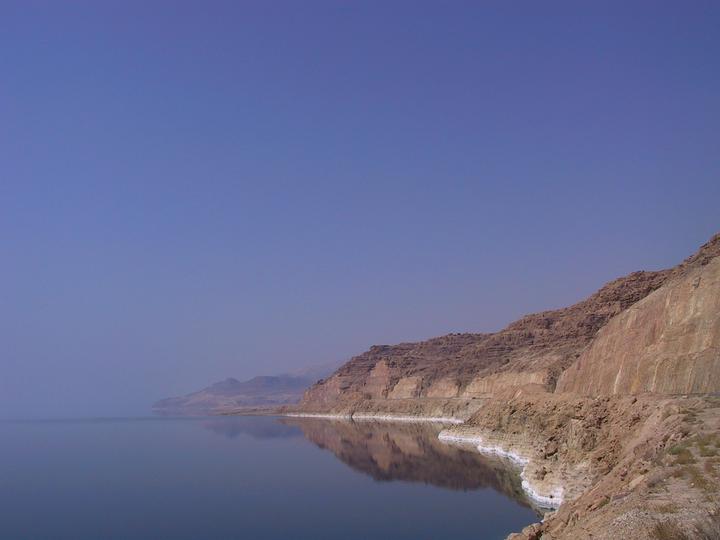 Image credit: Wikipedia
Image credit: WikipediaAbstract
Volatile halogenated organic compounds (VHOCs), such as methyl halides (CH3X; X is Br, Cl and I) and very short-lived halogenated substances (VSLSs; bromoform – CHBr3, dibromomethane – CH2Br2, bromodichloromethane – CHBrCl2, trichloroethylene – C2HCl3, chloroform – CHCl3 – and dibromochloromethane – CHBr2Cl) are well known for their significant influence on ozone concentrations and oxidation capacity of the troposphere and stratosphere and for their key role in aerosol formation. Insufficient characterization of the sources and the emission rate of VHOCs limits our ability to understand and assess their impact in both the troposphere and stratosphere. Over the last two decades, several natural terrestrial sources for VHOCs, including soil and vegetation, have been identified, but our knowledge of emission rates from these sources and their responses to changes in ambient conditions remains limited. Here we report measurements of the mixing ratios and fluxes of several chlorinated and brominated VHOCs from different landscapes and natural and agricultural vegetated sites at the Dead Sea during different seasons. Fluxes were generally positive (emission into the atmosphere), corresponding to elevated mixing ratios, but were highly variable. Fluxes (and mixing ratios) for the investigated VHOCs ranged as follows– CHBr3 from −79 to 187 nmol m−2 d−1 (1.9 to 22.6 pptv), CH2Br2 from −55 to 71 nmol m−2 d−1 (0.7 to 19 pptv), CHBr2Cl from −408 to 768 nmol m−2 d−1 (0.4 to 11 pptv), CHBrCl2 from −29 to 45 nmol m−2 d−1 (0.5 to 9.6 pptv), CHCl3 from −577 to 883 nmol m−2 d−1 (15 to 57 pptv), C2HCl3 from −74 to 884 nmol m−2 d−1 (0.4 to 11 pptv), methyl chloride (CH3Cl) from -5300 to 10,800 nmol m−2 d−1 (530 to 730 pptv), methyl bromide (CH3Br) from −111 to 118 nmol m−2 d−1 (7.5 to 14 pptv) and methyl iodide (CH3I) from −25 to 17 nmol m−2 d−1 (0.4 to 2.8 pptv). Taking into account statistical uncertainties, the coastal sites (particularly those where soil is mixed with salt deposits) were identified as sources of all VHOCs, but this was not statistically significant for CHCl3. Further away from the coastal area, the bare soil sites were sources for CHBrCl2, CHBr2Cl, CHCl3, and probably also for CH2Br2 and CH3I, and the agricultural sites were sources for CHBr3, CHBr2Cl and CHBrCl2. In contrast to previous reports, we also observed emissions of brominated trihalomethanes…